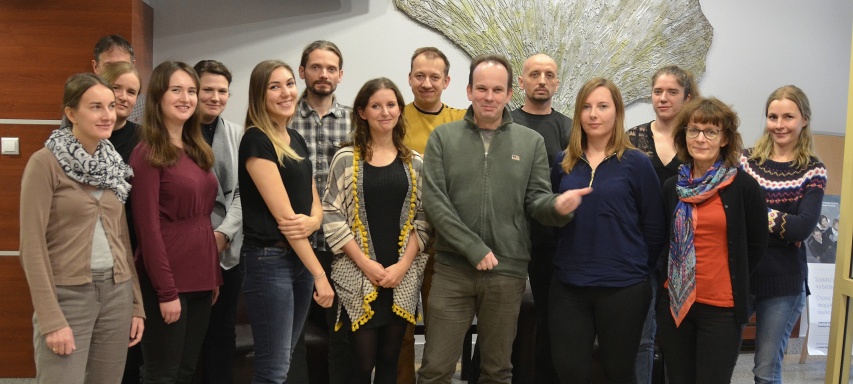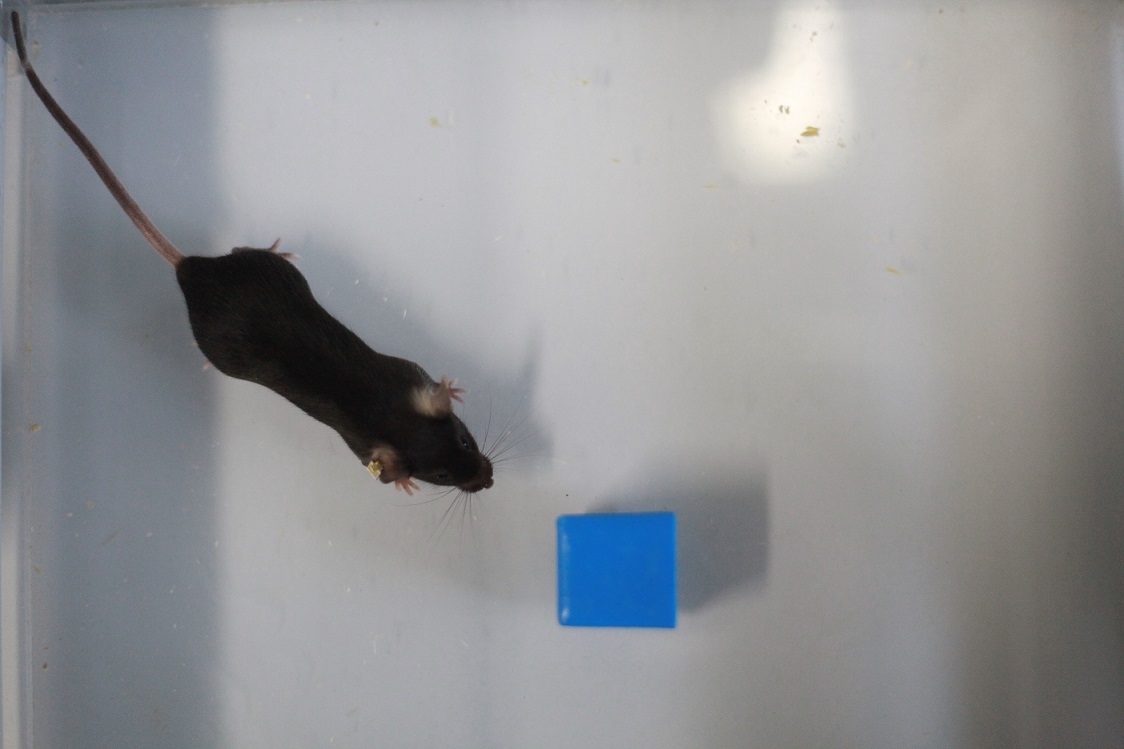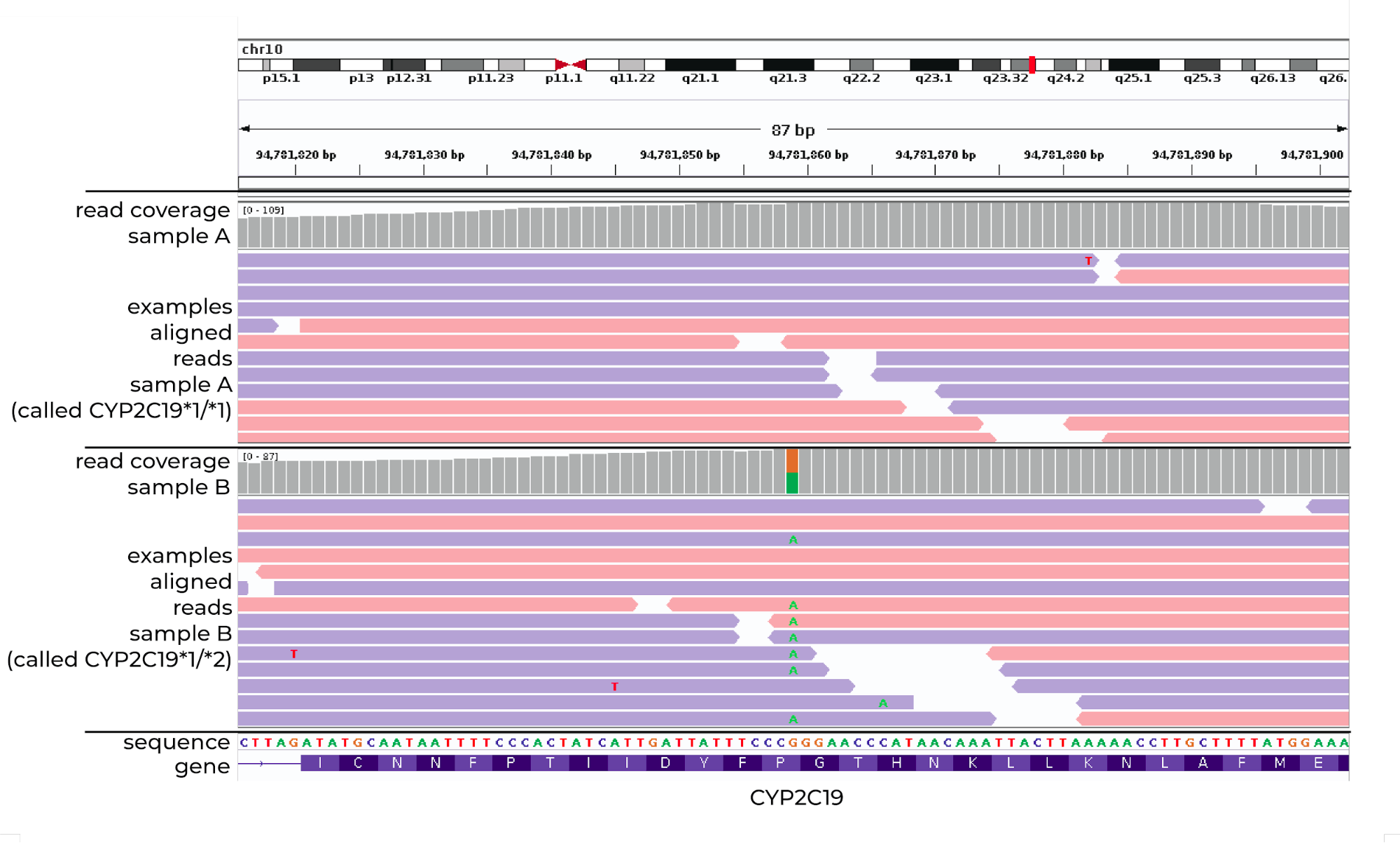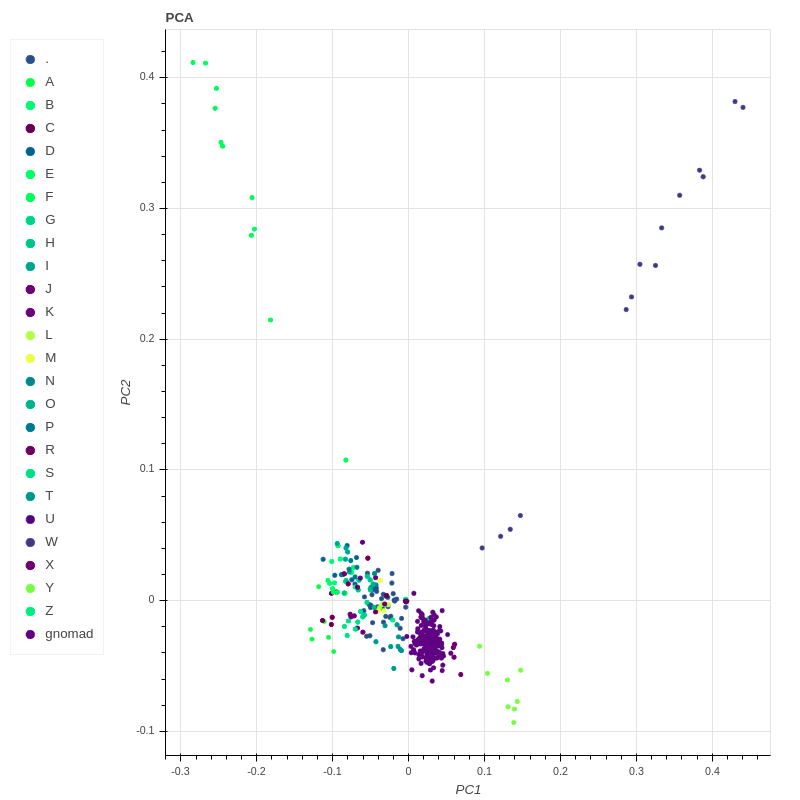Department of Molecular Neuropharmacology

Scientific profile
- About department
- Employees
- Laboratories
Our research focuses on three areas: the reward system of the brain, the molecular mechanisms of drug action, and neuro-pharmacogenomics.
The reward system of the brain encompasses all brain areas involved in reward-driven behaviors, with the mesolimbic dopamine system at the core. We have been studying the mechanisms involved in the plasticity of dopaminergic and dopaminoceptive neurons, and also the role of endogenous opioids in signaling rewards.
As the name of the Department implies a large part of our research focuses on the cellular and the molecular mechanisms of actions of psychotropic drugs, also with an emphasis on opioids. We hope that elucidating molecular signatures of drug action will lead to the identification of mechanisms essential for their therapeutic effects.
In recent years we have also been involved in neuro-pharmacogenomics, searching for associations between genetic background, neuropsychiatric disorders, and the effectiveness of pharmacotherapy. We use next-generation sequencing to discover novel common as well as rare genetic variants associated with drug effectiveness and safety. This is of particular interest in psychiatry due to large interindividual differences in therapy responses.




Professor Jan Manuel Rodriguez Parkitna, dr hab.
Head
Employees
Professor Ryszard Przewłocki, dr hab.
Michał Korostyński, dr hab.
Marcin Piechota, dr
Ganna Shayakhmetova, dr
Małgorzata Borczyk, dr
Sławomir Gołda, dr
Zofia Harda, dr
Alla Voronina, dr
Barbara Ziółkowska, dr hab.
Łukasz Szumiec, mgr
Lidia Radwan, mgr
Jacek Hajto, mgr
Klaudia Misiołek, mgr
Magdalena Ziemiańska, mgr
Mateusz Zięba, mgr
Employees
Michał Korostyński, dr hab.
Marcin Piechota, dr
Małgorzata Borczyk, dr
Jacek Hajto, mgr
Mateusz Zięba, mgr
Achievements
- Publications
- Grants
- Awards
Grant
The developmental changes in the endogenous opioid system associated with altered sensitivity to reward during adolescence
Klaudia Misiołek, MSc
Grant
Kappa opioid receptors integrate neuronal signaling involved in social behavior
Professor Jan Manuel Rodriguez Parkitna, PhD
Award
The Jerzy Konorski Team Award for the best study in neurobiology conducted in Poland awarded every year by the Polish Neuroscience Society and Committee of Neurobiology of the Polish Academy of Sciences
Professor Jan Manuel Rodriguez Parkitna, PhD
A Maternal High-Fat Diet during Early Development Provokes Molecular Changes Related to Autism Spectrum Disorder in the Rat Offspring Brain
Kinga Gawlińska, Dawid Gawliński, Małgorzata Borczyk, Michał Korostyński, Edmund Przegaliński, Małgorzata Filip
DOI: 10.3390/nu13093212
Loss of full-length dystrophin expression results in major cell-autonomous abnormalities in proliferating myoblasts
Maxime R. F. Gosselin, Virginie Mournetas, Malgorzata Borczyk, Suraj Verma, Annalisa Occhipinti, Justyna Róg, Lukasz Bozycki, Michal Korostynski, Samuel C. Robson, Claudio Angione, Christian Pinset, Dariusz C. Górecki
DOI: 10.1101/2021.08.24.457331
Comparison of blood pressure values and expression of genes associated with hypertension in children before and after hematopoietic cell transplantation.
DOI: 10.1038/s41598-021-88848-7
Toll-like receptor 4-mediated cytokine synthesis and post-stroke depressive symptoms.
DOI: 10.1038/s41398-021-01359-x
Role of Non-Coding Regulatory Elements in the Control of GR-Dependent Gene Expression.
DOI: 10.3390/ijms22084258
Maternal dietary patterns are associated with susceptibility to a depressive-like phenotype in rat offspring
Gawlińska, K., Gawliński, D., Korostyński, M., Borczyk, M., Frankowska, M., Piechota, M., Filip, M., Przegaliński, E.
DOI: 10.1016/j.dcn.2020.100879
Effects of l-dopa on gene expression in the frontal cortex of rats with unilateral lesions of midbrain dopaminergic neurons
Radlicka, A., Kamińska, K., Borczyk, M., Piechota, M., Korostyński, M., Pera, J., Lorenc-Koci, E., Parkitna, J.R.
DOI: 10.1523/ENEURO.0234-20.2020
Two rare variants in plau and bace1 genes—do they contribute to semantic dementia clinical phenotype?
Gaweda-Walerych, K., Sitek, E.J., Borczyk, M., Berdyński, M., Narożańska, E., Brockhuis, B., Korostyński, M., Sławek, J., Zekanowski, C.
DOI: 10.3390/genes12111806
CB2 agonism controls pain and subchondral bone degeneration induced by mono-iodoacetate: Implications GPCR functional bias and tolerance development
Mlost, J., Kostrzewa, M., Borczyk, M., Bryk, M., Chwastek, J., Korostyński, M., Starowicz, K.
DOI: 10.1016/j.biopha.2021.111283
Effects of L-DOPA on gene expression in the frontal cortex of rats with unilateral lesion of midbrain dopaminergic neurons
Anna Radlicka, Kinga Kamińska, Malgorzata Borczyk, Marcin Piechota, Michał Korostyński, Joanna Pera, Elżbieta Lorenc-Koci, Jan Rodriguez Parkitna
DOI: 10.1101/2020.04.28.063347